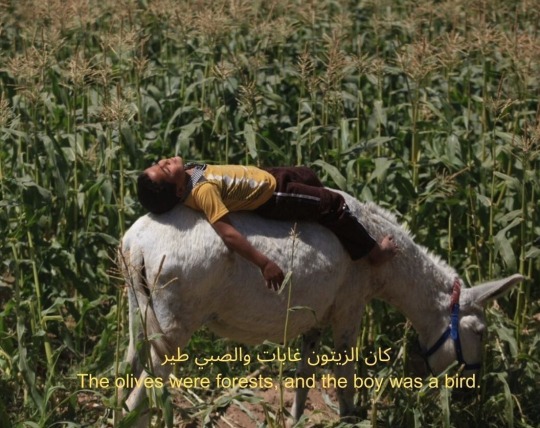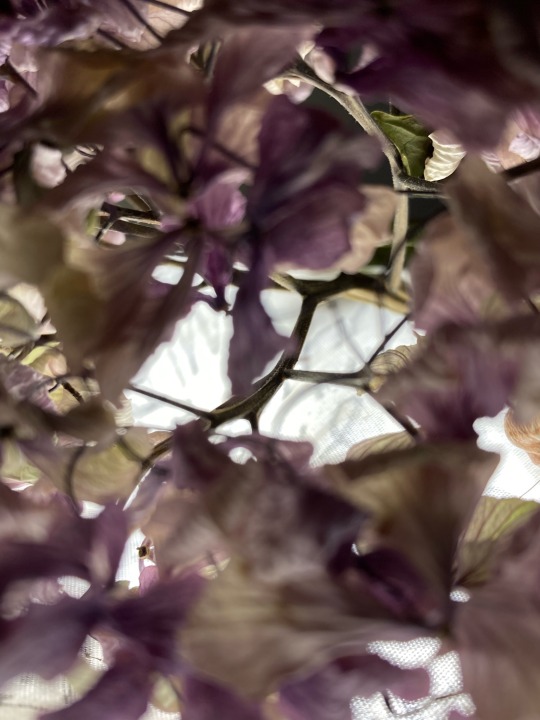Text
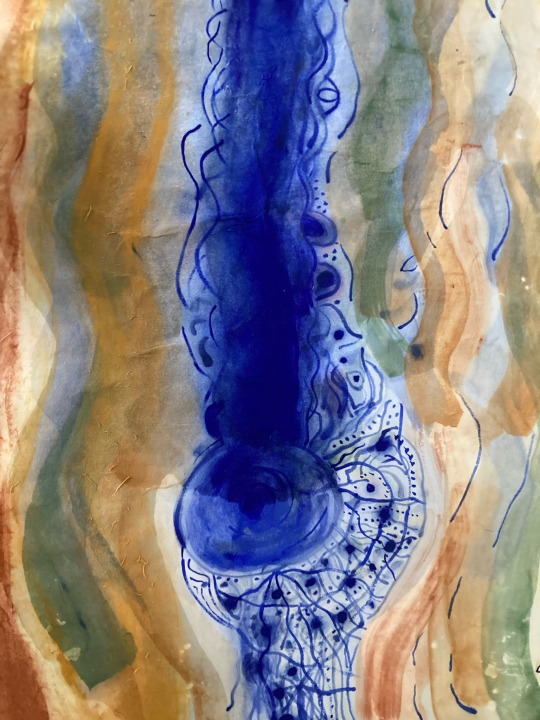
All communication
#artists on tumblr#artistsoninstagram#art#artwork#art for sell#art for sale#support art workers#tumblr artists#lizette#tantra#tantra art
3 notes
·
View notes
Text

Los retoños de el Viento
Lizette
2020
#artists on tumblr#artistsoninstagram#art#artwork#support artists#art for sell#art for sale#san antonio#texas#retoños#papel de parede#la casa de papel#works on paper#paper art#paper#art exhibition#handmade#art work#tumblr artists#independent artist#artworkers#support art workers#green#nature#natural art
1 note
·
View note
Text

Velas Sagradas
#artists on tumblr#artistsoninstagram#art#artwork#art for sell#support artists#art for sale#local#tumblr artists#san antonio#independent artist#candles#candle art#candelera#art work#support art workers
0 notes
Text
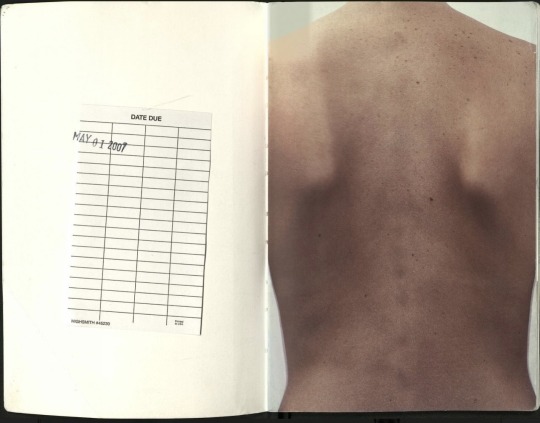


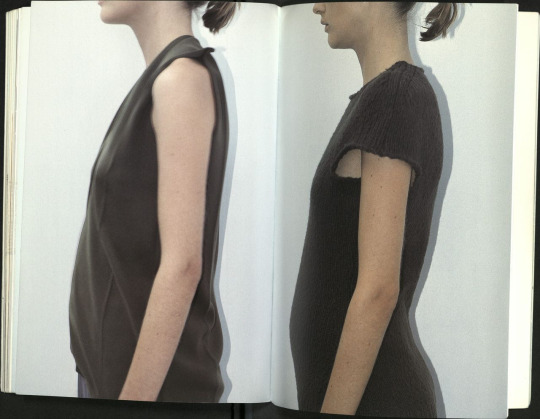
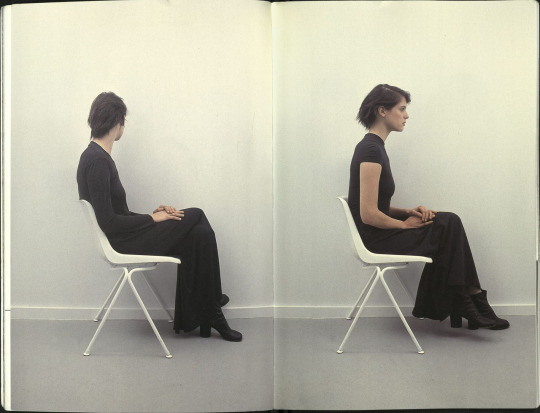
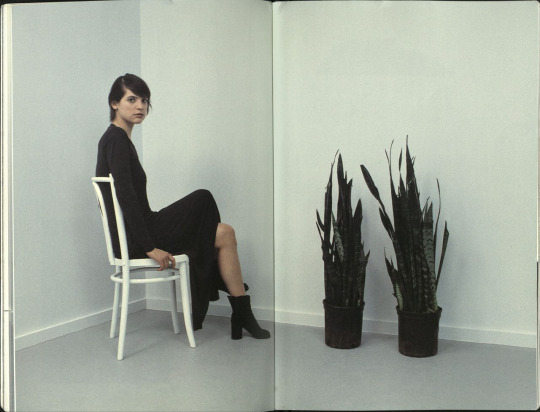



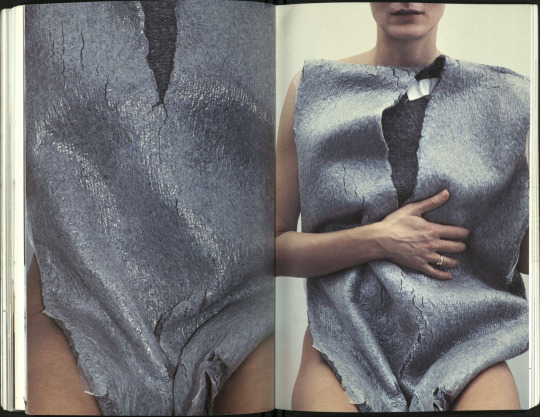

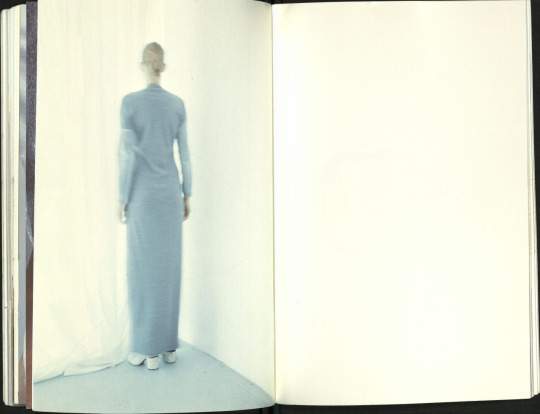
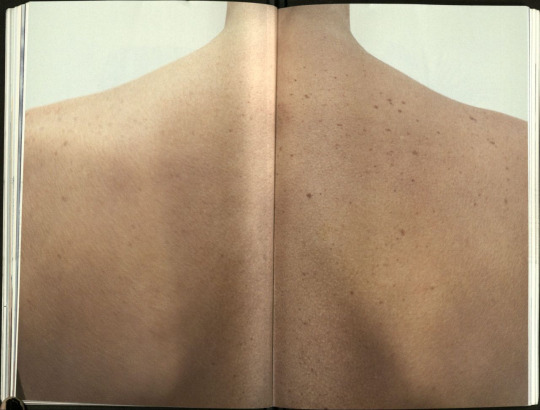
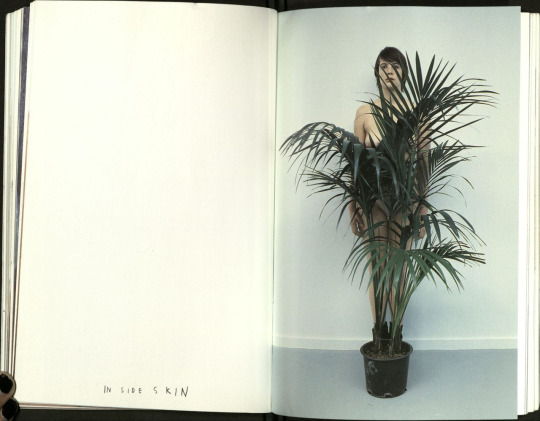
Maison Martin Margiela autumn/winter 1998-1999 Photography: Mark Borthwick
3K notes
·
View notes
Text
Olive branches

Doha Asous with one of her olive trees cut down by Israeli settlers in the West Bank just outside her village of Burin. Photograph: Amar Omran
"I look after about 700 olive trees around the valley. But I and others with groves have lost about 70% of them in the past five years. Some were taken by settlers; others have just been made impossible to cultivate.
These are our groves on our ancestral land, but we have to get permits from the Israeli authorities to nurture them and pick. Believe it or not, during last autumn’s olive harvesting, in some of my groves I was given permission to pick for only two days when it needed two weeks.
The day we started – 1 November – the settlers began their attacks. The next day I went to look to find that they had uprooted trees – some hundreds of years old. Others were cut down to their trunks with the olive branches taken."
10 notes
·
View notes
Text
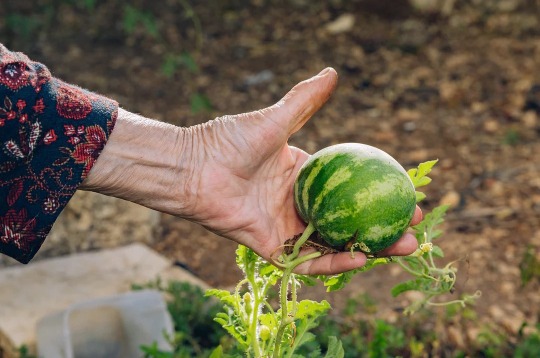
It will grow | Maen Hammad, 24 October 2023.
From the photographer: My Teta, the mother of apricots, always holds my hand as she tours me around her land allowing me to harvest eight decades of indigenous knowledge. I visited a few weeks ago, before being two checkpoints away meant total closure.
My Teta doesn't waste anything, you see. Months earlier, she had used the skin and seeds of a previous watermelon as compost for her lemongrass and sage. This watermelon is special. She saw the seed germinate and continued to nurture it as if it were one of her children.
For decades, the watermelon has stood as a symbol of Palestinian resistance. When the Israeli regime occupied the West Bank and Gaza, my Teta's land, they banned public display of the Palestinian flag. In response to facism, Palestinians used fruit. Carrying sliced watermelons during demonstrations as an expression of our liberation movement. The fruit's flesh and seeds mirror those of our flag, mirror those of our land.
Watermelon season passed months ago. However, my Teta doesn't waste anything, you see. It is dying and soon will become dehydrated from winter's siege. Its seeds will rest between pockets of red soil, but next harvest it will grow.
And it will grow.
And it will grow.
And it will grow.
Until our flag is raised on the sniper towers surrounding our towns, and this watermelon can return to become just simply, a fruit.
1K notes
·
View notes
Text



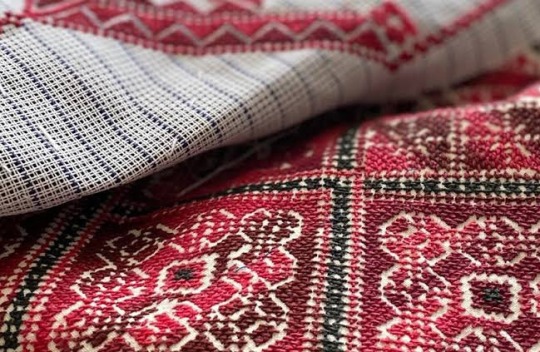




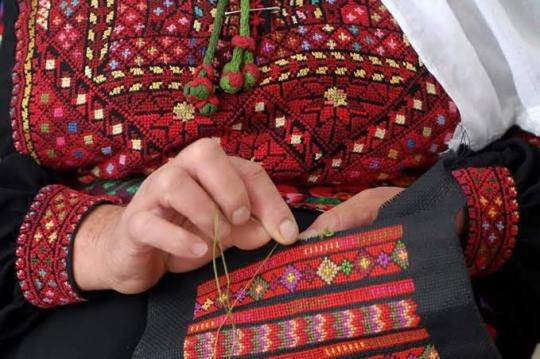

Tatreez (Arabic: تطريز) is a type of traditional Palestinian embroidery. Tatreez uses traditional cross-stitch embroidery and is practiced largely among women. The craft was originally practiced in rural areas of Palestine, but is now common across the Palestinian diaspora. Historically, each village in Palestine had their own tatreez patterns. The landscape was a major source of inspiration for the patterns and motifs, which speaks to the variation in style that was common to see among all of the different tatreez expressions that were particular to each Palestinian village. In the early origin of tatreez, the landscape was a major source of inspiration for Palestinian women in designing many patterns and motifs. This speaks to the variation in style that was common to see among all of the different tatreez expressions that were particular to each Palestinian village.
After the violent displacement and dispossession of Palestinians in 1948, people were living together in refugee camps. The different styles of tatreez became less distinct and have continued to evolve with the diaspora. Following 1948, tatreez evolved to reflect the experiences of Palestinians. Palestinian women began to incorporate the Palestinian flag and its colors into their tatreez as a means of resistance to the occupation of Palestine. Consequently, tatreez became an expression of the identity, heritage and resistance of Palestinian women and their dedication to preserve their ancient culture.
1 / 2 / 3 / 4 / 5 / 6 / 7 / 8 / 9 / 10 / 11 | textile series
13K notes
·
View notes
Text

Roundel fragment, 600s-700s, Byzantine Empire, Egypt.
62 notes
·
View notes
Text

from : Land of Symbols: Cactus, Poppies, Orange and Olive Trees in Palestine by Nasser Abufarha
2K notes
·
View notes
Text
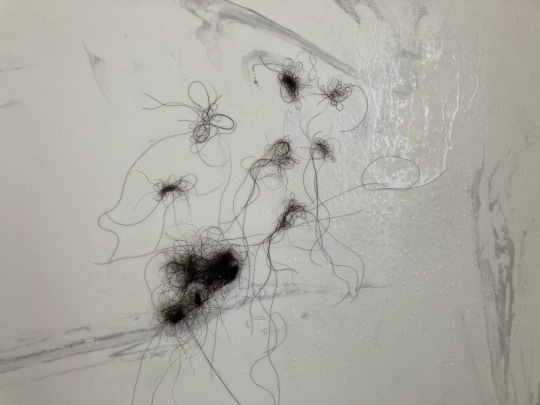
Spirits Making Left Eye Bodies
Lizette
2023
Photograph, Hair
#artists on tumblr#artistsoninstagram#art#artwork#photoblog#photography#photoart#photograph#tumblr artists#art for sell#support artists#Lizette#god#pledged to god#hair#hair art#art with hair
0 notes

